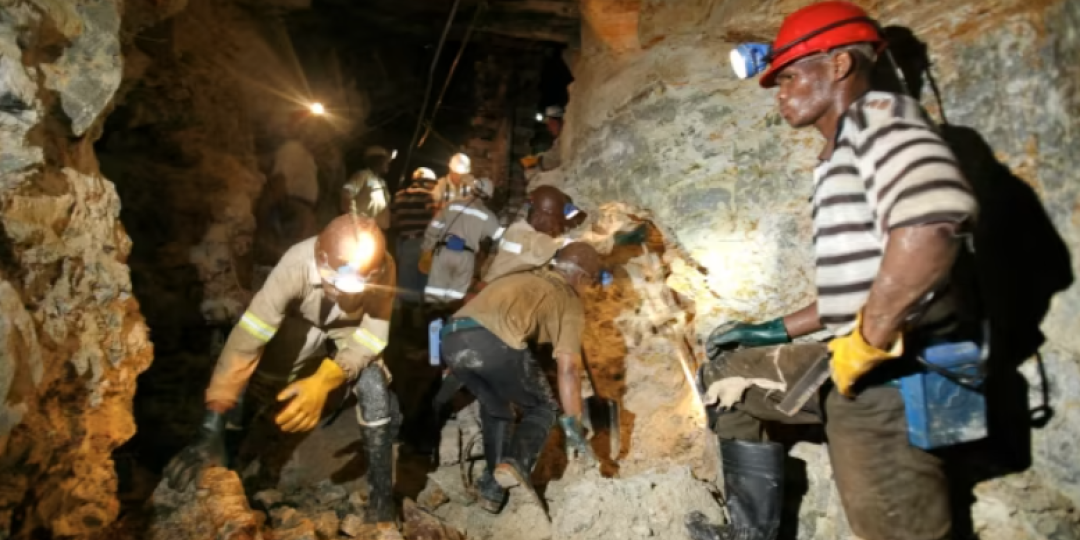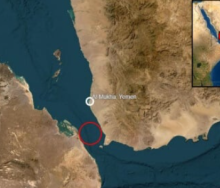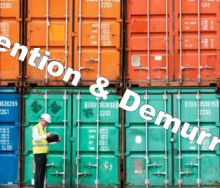As many as 48 of South Africa’s 230 operating mines could close in the next 10 years due to environmental and social concerns, new research published in the International journal Mining warns.
The research by University of Cape Town Future Water Institute academic Dr Megan Cole quantifies the risks associated with mine closures in South Africa, a growing concern in mining countries worldwide due to environmental and social impacts.
This is particularly true in developing countries where poverty, social deprivation and unemployment are widespread, and environmental governance is not strong.
“The majority of these mines are coal mines located in Mpumalanga, where coal reserves are running out, and pressure to mitigate climate change is limiting investment,” she says.
This trend includes gold mines in the Free State and Gauteng, which operate at very deep levels in challenging conditions,” Cole adds.
Mining is a cornerstone of South Africa’s economy, as the world’s leading producer of platinum, chromium and manganese, she also points out.
“Over a quarter of our local municipalities host an operating mine, and over six million people live in mining host communities.
“The future of mining affects all of us, but mine closure can have significant direct impacts on host communities, local economies and the environment.”
Cole says there has been a lack of data and communication regarding mine closure in the country.
Her risk rating system assessed and mapped the likelihood of mine closure, socio-economic risk and environmental risk for all operating mines in the country.
The results highlights where closure was likely to happen soonest and where social and environmental risks are the highest.
“This is important for government departments at all levels for planning and prioritisation, for mining companies who may not have considered all of the impacts resulting in mine closure, and for affected workers and communities, who can then engage with the mining companies and government on how to minimise negative impacts.”
The findings also shows that social risks are the highest in most vulnerable communities, particularly rural villages in Limpopo and North West.
“The environmental risks are highest for coal and gold mining regions, which are also where the best arable land is found, highlighting the importance of rehabilitation in the mine closure process to enable post-closure land use and economic diversification.”
She says each mine is different, with a unique context and set of environmental, social and governance risks.
Her research proposes a national risk rating system.
“It is hoped that the risk ratings will promote deeper discussions on mine closure management and planning amongst a diverse group of stakeholders, empower communities to prepare for closure, and support evidence-based decision-making,” she says.
Cole’s research comes at an important time as the draft National Mine Closure Strategy undergoes public consultation and global attention is focused on how South Africa navigates a just energy transition.
“This research is the first of its kind, and the approach could be used in other mining countries to assess the risks associated with mine closure,” Cole says.













